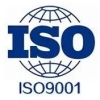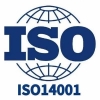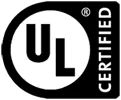Focus on new opportunities and challenges for AI processing chips
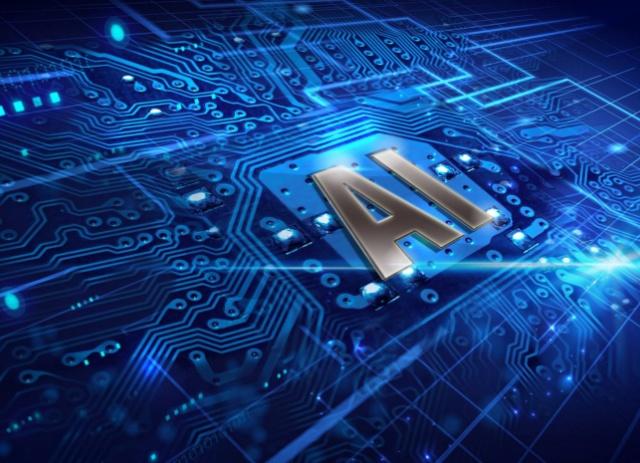
Today we're going to talk about AI processing chips. Now in this digital age, where the speed of development is almost like a rocket, artificial intelligence (AI) is like an open suspension to various industries. This AI processing chip is the key to support the development of AI applications, and the opportunities and challenges it faces are indeed not small. Next, let's take a good look at the new opportunities and challenges brought by this AI processing chip from several aspects.
Let's start with technological progress, which is an important force to promote the development of AI processing chips. With the increasing maturity of deep learning and machine learning technologies, the demand for artificial intelligence processing chips is also rising. Before the universal processor (CPU), when processing AI tasks, it was not only inefficient, but also high power consumption. At this time, dedicated AI processing chips, such as graphics processing units (Gpus), tensor processing units (Tpus), and various heterogeneous computing chips came into being. They have strong parallel computing capabilities and good adaptability, and are popular in artificial intelligence applications.
In the context of technological progress, artificial intelligence processing chips are also constantly evolving. For example, the use of more advanced process technology, such as 7nm, 5nm, can greatly improve the performance of CIH21T3N9JNC chip, power consumption can also be reduced. In addition, some innovative architectures in the industry, such as neuromorphic computing, optical computing, etc., are also constantly being developed. These emerging technologies have the potential to transcend existing architectures and enable more efficient computing and energy use.
When it comes to market demand, this is a major driving force for the rapid growth of the industry. With the application of AI technology everywhere, from smartphones to driverless cars to smart homes and industrial automation, the demand for AI processing chips is exploding. According to some market research institutions, the market size of artificial intelligence processing chips is expected to grow at a rate of more than 20% per year. Behind this is the increasing expectations of businesses and consumers for smart products.
Especially in the context of 5G and edge computing development, the need for real-time data processing and efficient computing is becoming more and more urgent. Embedded applications of AI processing chips can ensure data privacy, provide faster response times and lower latency, creating many opportunities for a variety of new AI application scenarios.
Then there is the competitive landscape, which is a game between industry giants and start-ups. The development of artificial intelligence processing chips is so fast that it has attracted the participation of many technology giants and startups, and the market competition is quite fierce. Nvidia, Google, Intel and other traditional technology giants have seized market share by virtue of technology accumulation and market influence. However, a number of start-ups such as Cambrian and Bitmain have also started to stand out with innovative technology and nimble marketing strategies.
This competition is not only in terms of product performance, price, service and technological ecological construction, which must be compared. To stay ahead of the curve, companies must constantly invest in research and development. At the same time, having a good partner ecosystem is also key to business success. Some enterprises open hardware platforms and conduct research and development with software developers to create a benign industrial chain, so as to withstand the risks brought by market fluctuations.
Finally, let's talk about ecosystem building, which is the key to win-win cooperation. The development of AI processing chips cannot be separated from a healthy ecosystem. Ai is now so widely used that a single piece of hardware or software simply cannot support complex AI tasks. Therefore, it is important to build an ecosystem that includes chip design, cloud computing, algorithm development, and data processing.
In order to achieve win-win cooperation, many companies began to look for cross-border cooperation. We work closely with software developers to develop industry-specific chips and tools to better meet the increasingly diverse needs of our customers. In addition, with the power of open source tools and communities, companies can adapt faster to technological change, break down barriers in traditional industries, and innovate.
Continuous innovation is also very important, which is an important guarantee for AI processing chip companies to gain a foothold in this rapidly changing technological environment. As technology changes rapidly and market demands diversify, companies must react quickly and constantly introduce new products to meet consumer needs. At the same time, the concept should be changed, and the enterprise should become a "leader" from the previous "catch-up", and pay more attention to long-term technology research and development and innovation.
In short, AI processing chips face plenty of opportunities and challenges. Only by constantly adapting to market changes, paying attention to consumer demand, and enhancing innovation ability can enterprises stand out in the competition and promote the development of the entire industry.
您可能感興趣的產品
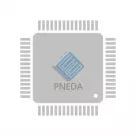 |
ATM020A0X3-SRZ | DC DC CONVERTER 0.75-2V | 8046 More on Order |
 |
EHHD010A0B41-SZ | DC DC CONVERTER 12V 120W | 5112 More on Order |
 |
HW010A0F1-SRZ | DC DC CONVERTER 3.3V 33W | 7470 More on Order |
 |
SW003A0A9 | DC DC CONVERTER 5V 15W | 3294 More on Order |
 |
QRW025A0F1-HZ | DC DC CONVERTER 3.3V 83W | 4824 More on Order |
 |
QW075F1 | DC DC CONVERTER 3.3V 50W | 5724 More on Order |
 |
QW030B1 | DC DC CONVERTER 12V 36W | 6012 More on Order |
 |
QRW040A0M1 | DC DC CONVERTER 1.5V 60W | 8046 More on Order |
 |
LW005A4 | DC DC CONVERTER 5V 5W | 2826 More on Order |
 |
LC010A | DC DC CONVERTER 5V 10W | 6894 More on Order |
 |
JW060ABK | DC DC CONVERTER 5V +/-12V 60W | 6822 More on Order |
 |
JHW050FG | DC DC CONVERTER 3.3V 2.5V 50W | 4104 More on Order |
 |
JC030A-M | DC DC CONVERTER 5V 30W | 7848 More on Order |
 |
HW025FG | DC DC CONVERTER 3.3V 2.5V 25W | 4338 More on Order |
 |
EQW020A0F1 | DC DC CONVERTER 3.3V 66W | 6066 More on Order |
 |
ATH006A0X | DC DC CONVERTER 0.8-3.6V 21W | 6660 More on Order |
 |
AXH003A0X | DC DC CONVERTER 0.8-3.6V 10W | 5274 More on Order |
 |
QBVW025A0B641-PHZ | DC DC CONVERTER 12V 300W | 2538 More on Order |
 |
EBVW020A0B64-HZ | DC DC CONVERTER 12V 240W | 2142 More on Order |
 |
PDT006A0X3-SRDZ | DC DC CONVERTER 0.45-5.5V | 8586 More on Order |
 |
QSVW050A0B41-PHZ | 36-75VIN, 50A/12V OUT, 600W, 1/4 | 4788 More on Order |
 |
UDXS1212A0X3-SRZ | DC DC CNVRTR 0.6-5.5V 0.6-5.5V | 8724 More on Order |
 |
SW001A2B91Z | DC DC CONVERTER 12V 14W | 15468 More on Order |
 |
AXA005A0XZ | DC DC CONVERTER 0.8-5.5V 27W | 25452 More on Order |

